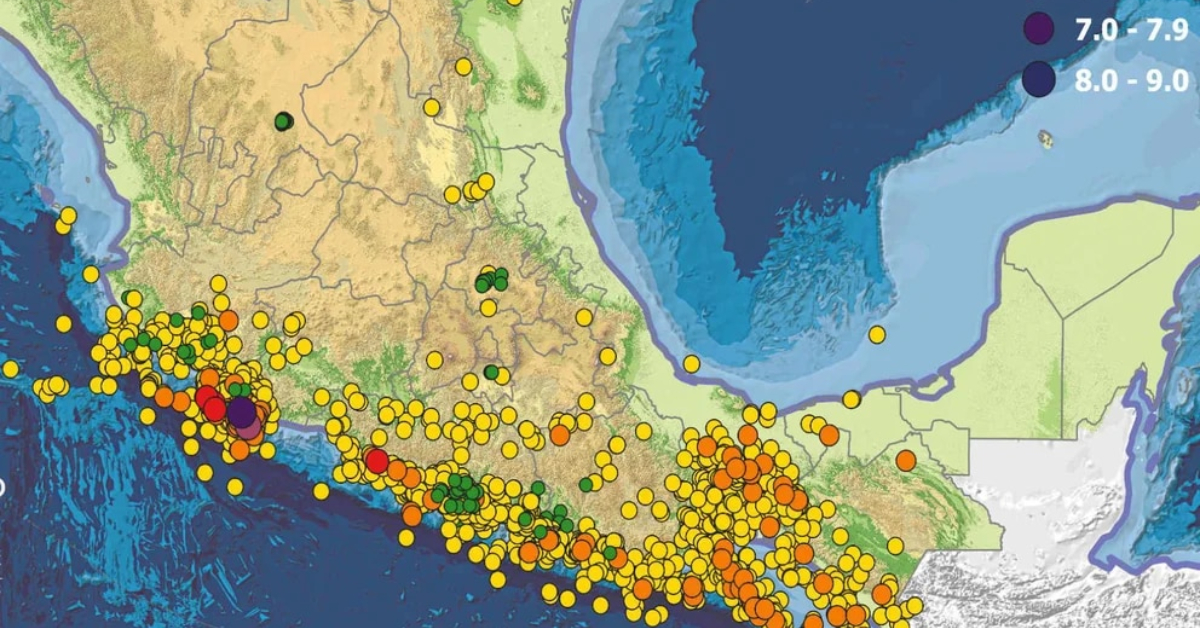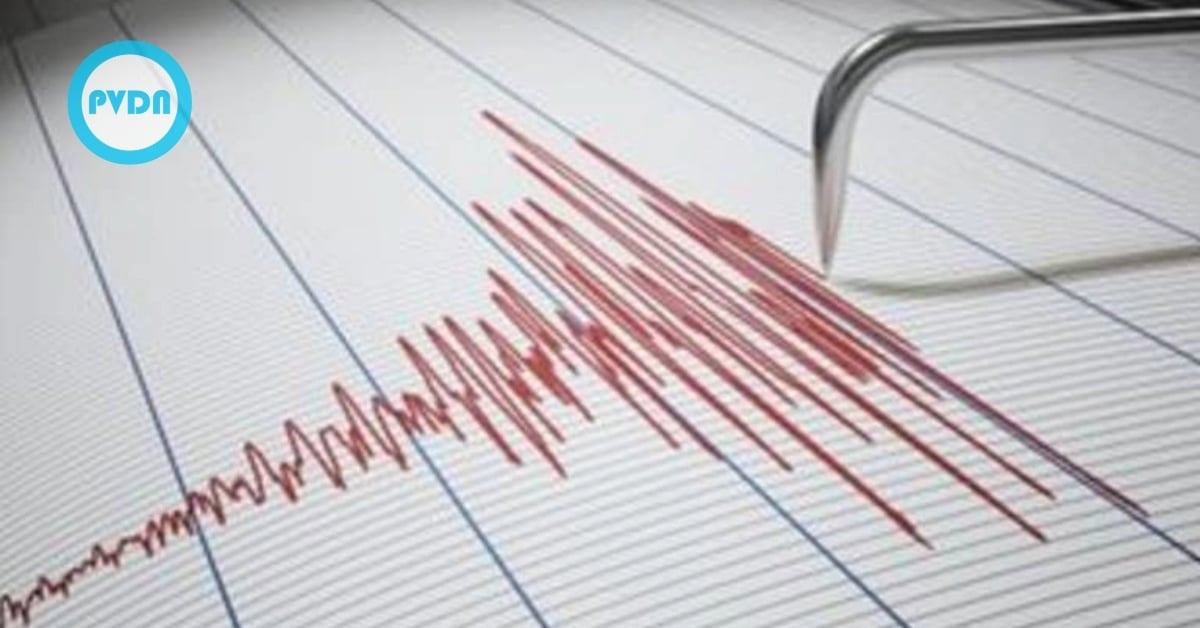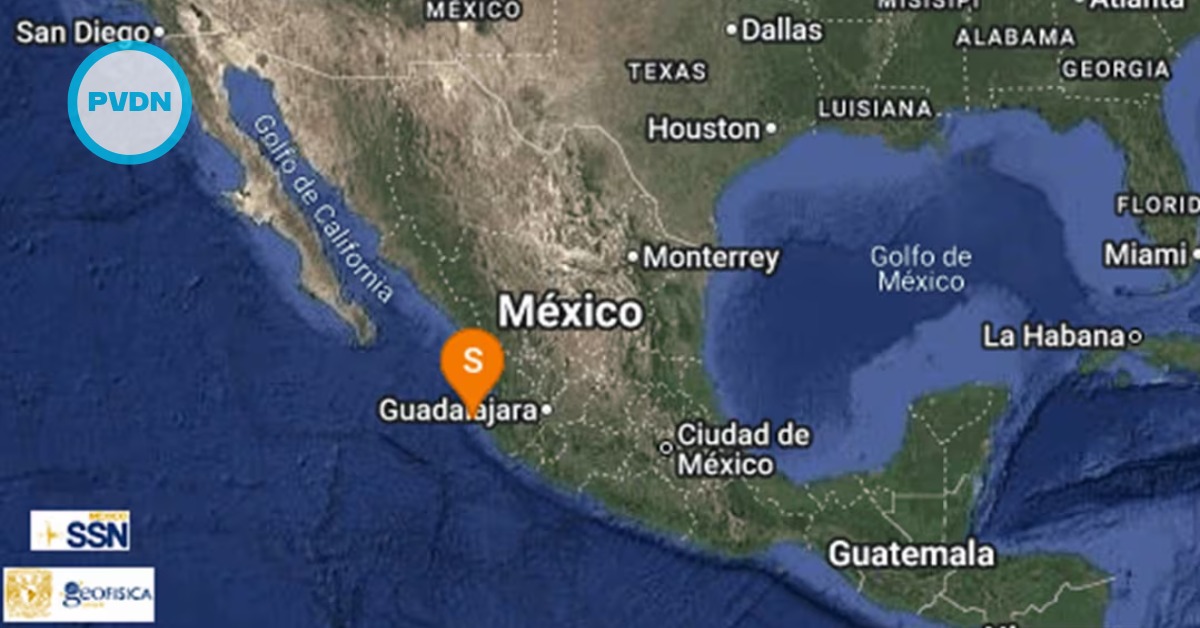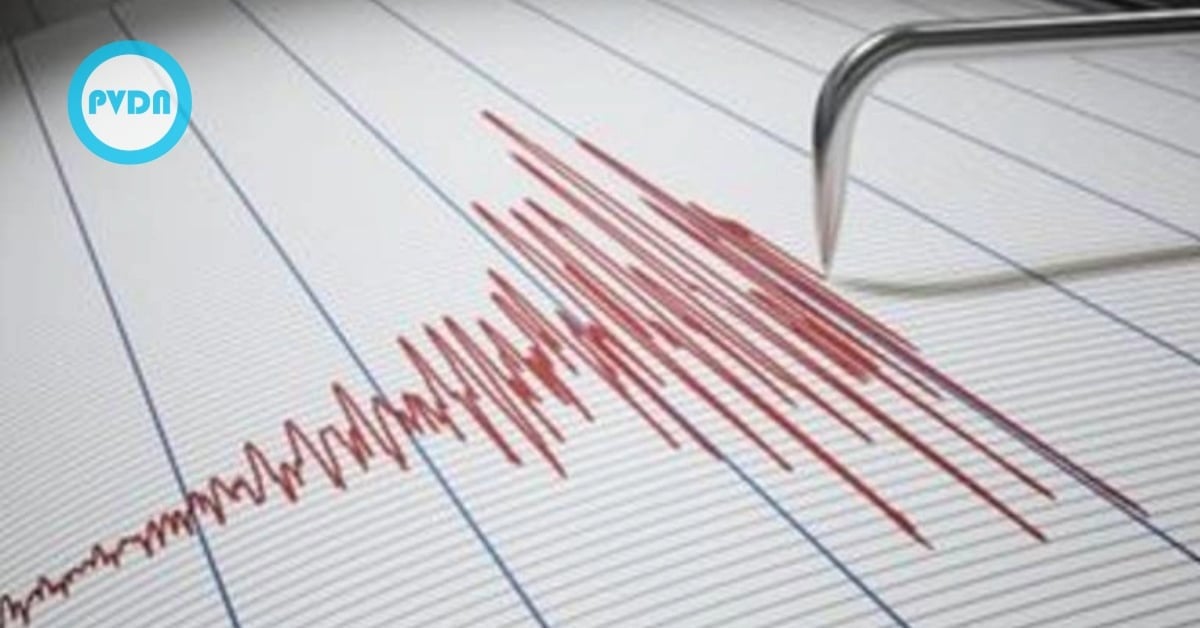The earthquakes will continue in Mexico because the country is in an area prone to tectonic plate movements, on the so-called Ring of Fire, which is a tectonic chain that surrounds the Pacific Ocean and has a length of 40 thousand kilometers.
This belt causes 90% of the world's seismic activity, in addition to being made up of 75 percent of the world's active volcanoes .
After the earthquakes last month on September 19 and 22, the National Seismological Service reported 2,603 earthquakes with epicenters within Mexico, the magnitudes of these events . . .





